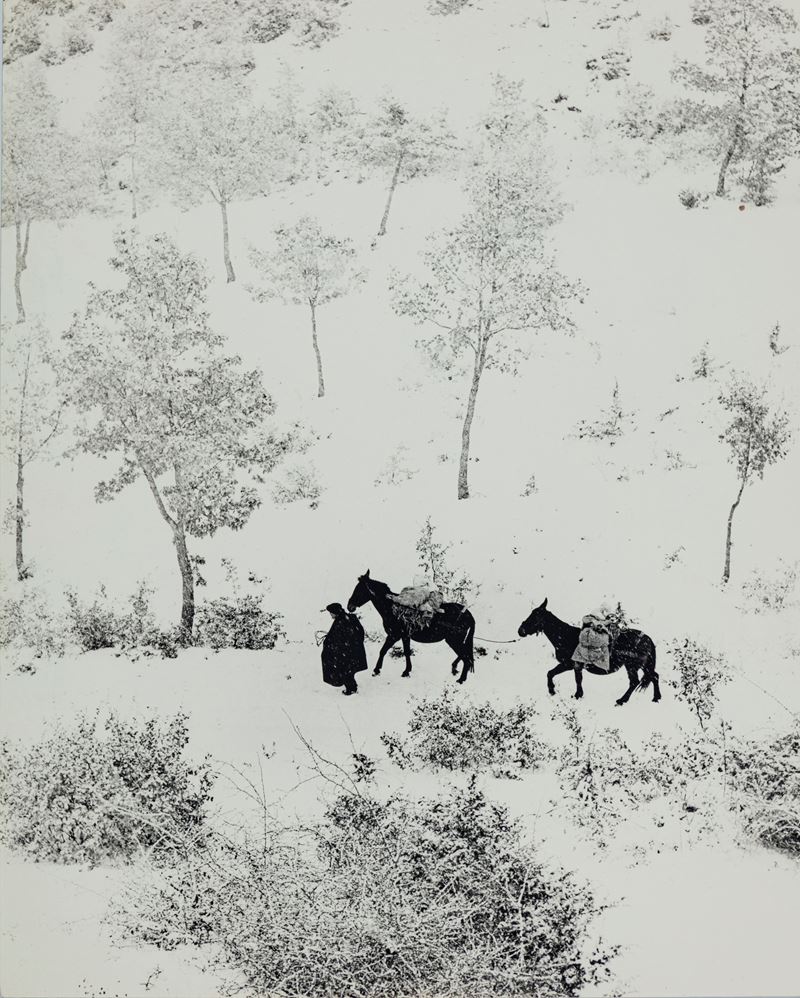Estimate
€ 1.500 - 2.000
Sold
€ 2.193
The price includes buyer's premium
Do you have a similar item you would like to sell?
Information
cm 30 x 24 | 11.8 x 9.4 in.
Titled and dated in black ink with photographer's credit stamp on the verso
Literature
Forme di Luce. Il Gruppo “La Bussola” e aspetti della Fotografia italiana del Dopoguerra, Alinari, Florence, 1997
D. Curti (edited by), Fulvio Roiter Fotografie - Phorographs 1948-2007, Marsilio, Venice, 2018, p. 53
Guided by a great passion Fulvio Roiter was also an extrovert, obstinate, determined man who loved to tell the story of his work thanks to a prodigious memory. The photograph taken in Umbria was part of a project he had proposed to Albert Mermoud, publisher of the Guilde du Livre publishing house, thinking of capturing Franciscan traces in that land. Alerted only at the last of the snowfall that he had considered essential to his work, he rushed to the region and, having seen through the window of the bus in which he was traveling the scene of the man leading the two animals, convinced the driver to let him off, framed the scene and shot at the exact moment when the figures stood out dark against the glow of the snow. Also playing on shades of white, the shot in Algarve stops, on the other hand, an architectural space shot with great rigor but made truly special by the presence of a human figure that transforms it into the ideal background on which to cast its shadow.
Contact
Suggested lots
Caricamento lotti suggeriti...






